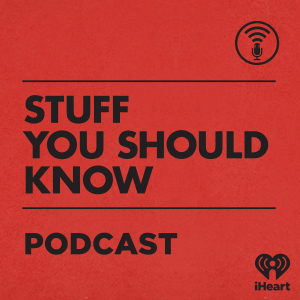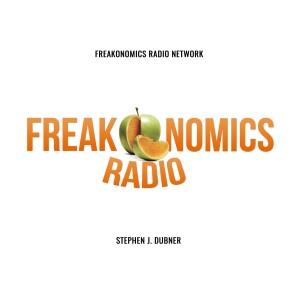

Buckle up for a wild ride through the annals of medical history as we tackle the curious case of hysteria—a ”condition” that had doctors scratching their heads and women rolling their eyes. Discover how the so-called treatments led to the invention of the vibrator, turning a medical misstep into a modern-day marvel. It’s a tale of misguided medicine, gender politics, and a gadget that went from the doctor’s office to the bedside table.
Show Notes:
Keywords: feminism, hysteria, vibrators, female empowerment, sexual health, history of sexuality, Rachel Maines, medical history, women’s rights, sexual liberation
Summary: This conversation explores the historical context of female hysteria, the evolution of vibrators, and the societal implications of women’s sexual health. The hosts discuss the medical treatments for hysteria, the role of vibrators in women’s empowerment, and the cultural perceptions surrounding female pleasure. They also highlight the work of Rachel Maines and the impact of vibrators on women’s sexual liberation.
Takeaways:
- Hysteria was historically linked to women’s emotions and sexuality.
- Vibrators were initially seen as medical devices, not sexual tools.
- Rachel Maines’ research highlighted the connection between vibrators and female empowerment.
- Many women were treated for hysteria due to societal expectation of female behaviour.
- The medical community often pathologized normal female experiences.
- Coin-operated vibrators were a unique aspect of early 20th-century culture.
- The perception of female pleasure has evolved but still faces challenges.
- Vibrators were marketed as personal massagers to avoid stigma.
- The history of vibrators reflects broader societal attitudes towards women’s sexuality.
- Understanding the past can inform current discussions about female pleasure and health.
Chapters:
00:00 - Introduction to the Murder of Crones
00:01 - Exploring Female Hysteria and Its Historical Context
05:11 - The Disturbing Treatments for Hysteria
09:31 - The Intervention of Vibrators and Their Purpose
13:09 - The Evolution of Vibrators Through History
16:58 - The Evolution of Personal Massage
17:59 - Historical Context of Female Pleasure Devices
19:01 - Hand Crank Vibrators: A Look Back
21:46 - The Advent of Portable Vibrators
28:18 - The Hand-Worn Vibrator: A New Approach
30:07 - Coin Operated Vibrators in Hotel Rooms
References:
A Free Ride (A Grass Sandwich). (ca. 1915). Silent stag film, United States. (Referenced as one of
the earliest surviving American pornographic films).
Antique Vibrator Museum. (n.d.). Good Vibrations, San Francisco. Founded by Joani Blank; curated
by Dr. Carol Queen. Retrieved from https://www.goodvibes.com/museum
Hippocrates. (4th century BCE). Writings on the “wandering womb” (hysteria) as the cause of hysteria
symptoms.
Hysteria. (2011). Directed by Tanya Wexler; starring Maggie Gyllenhaal & Hugh Dancy. Sony
Pictures Classics. (A fictionalized retelling of the vibrator’s invention).
Landers, A. (1985, July 1). Ann Landers’ advice column [Syndicated newspaper column]. Chicago
Tribune. (Referenced survey of women’s sexual preferences).
Lloyd, E. A. (2005). The case of the female orgasm: Bias in the science of evolution.Harvard University
Maines, R. P. (1999). The technology of orgasm: “Hysteria,” the vibrator, and women’s sexual
satisfaction. Baltimore: Johns Hopkins University Press.
Puts, D. A., Dawood, K., & Welling, L. L. (2012). Why women have orgasms: An evolutionary analysis.
Archives of Sexual Behavior, 41(5), 1127–1143.
Sears, Roebuck & Co. Catalogs (1890s–1920s). Advertisements for “female massagers” and health
devices.
Smith, E. H. (1903). Diseases of women: Diagnosis and treatment. (Referenced for historical
attitudes toward masturbation and hysteria).
19th-century medical practices: Treatments for hysteria including pelvic massage, hydrotherapy, and early
electromechanical vibrators (Granville’s Percuteur, 1880s).
Create Your Podcast In Minutes
- Full-featured podcast site
- Unlimited storage and bandwidth
- Comprehensive podcast stats
- Distribute to Apple Podcasts, Spotify, and more
- Make money with your podcast












